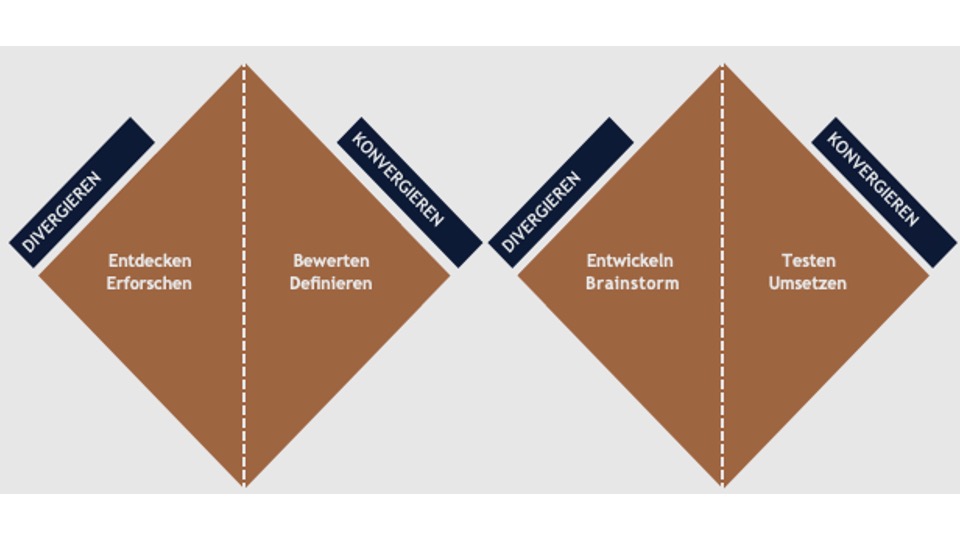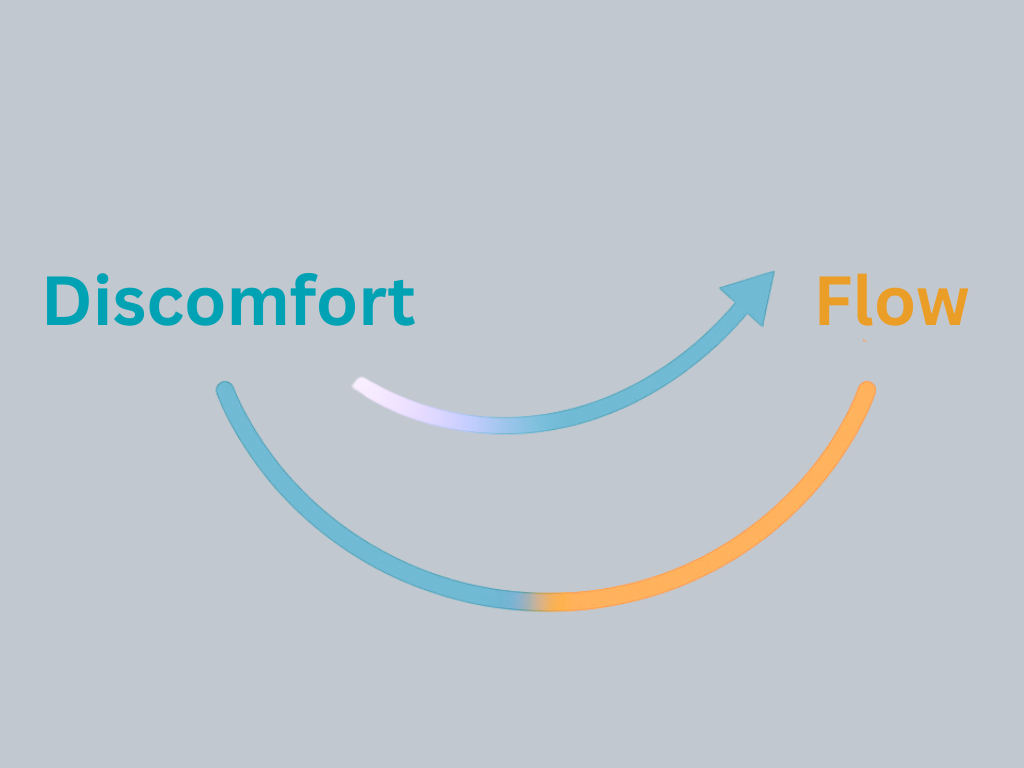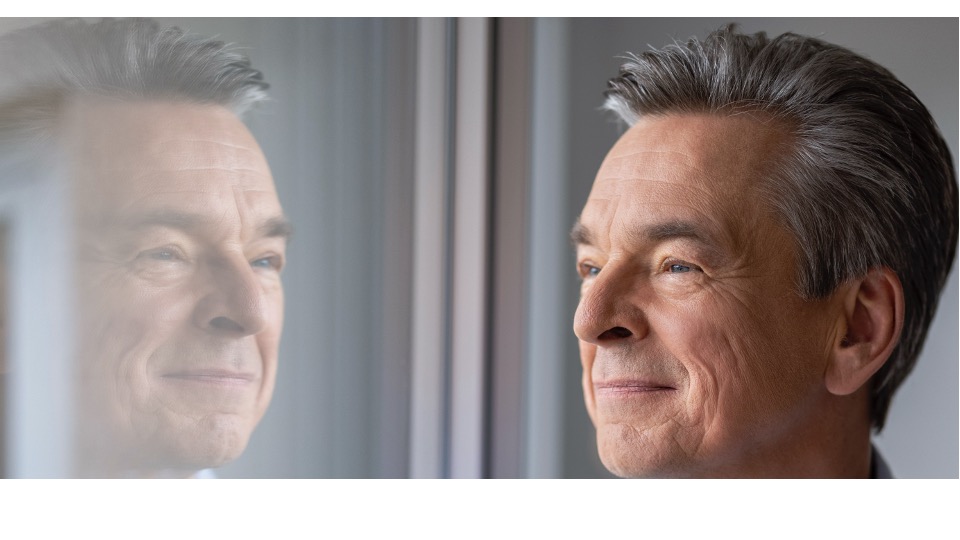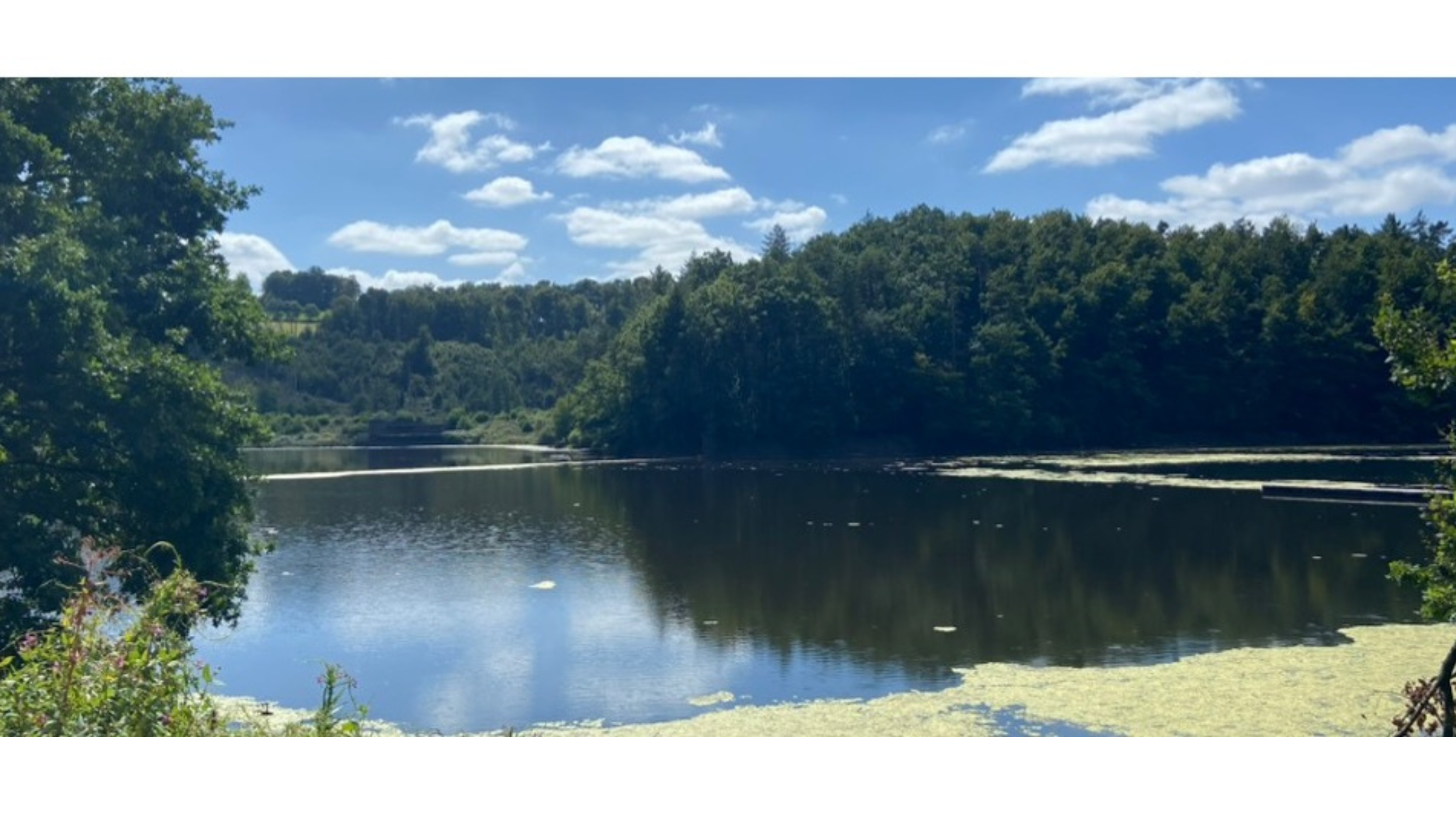Innovation doesn’t happen by accident.
It needs spaces where people feel safe to think differently, challenge assumptions, and explore new ideas together.
A well-designed innovation workshop creates exactly that kind of space one that brings structure to creativity and connects people through ideas.
So how do you make it work in practice?
Here are ten practical tips to help you unleash creativity, energize your team, and bring ideas to life.
They’re inspired by the principles of Design Thinking and my own Mindful Innovation Process.
1. Start with a clear “Why”
Before you dive into methods and sticky notes, ask yourself: Why are we running this workshop?
A shared purpose brings focus and direction and helps ideas turn into real outcomes.
Tip: Summarize your goal in one simple sentence.
Example: We want to find new ways to make our customer experience simpler and more human.
2. Begin with empathy
Before you dive into methods and sticky notes, ask yourself: Why are we running this workshop?
A shared purpose brings focus and direction and helps ideas turn into real outcomes.
Mindful Insight: Feel before you design. Empathy is the foundation of meaningful innovation.
3. Bring together a diverse, courageous team
Diversity fuels creativity.
Invite people with different backgrounds, roles, and thinking styles.
The mix of perspectives leads to richer discussions and more original ideas.
Tip: Invite consumers to join your workshop and actively contribute their creative ideas — their perspectives can open up entirely new ways of thinking.
4. Create psychological safety
Creativity needs trust.
Design a space where every idea is welcome no matter how unconventional it may seem.
Mindful communication means active listening, pausing before responding, and showing appreciation.
Guiding principle: People think boldly when they feel safe.
5. Keep playfulness alive
Innovation loves curiosity and lightness.
Short exercises like “What if our product were an animal?” can spark imagination and loosen up thinking.
Creativity thrives when playfulness stays part of the process — not just at the beginning, but throughout the entire workshop.
This builds an open, creative mindset that carries the team through the day.
6. Visualize ideas
Make ideas visible with whiteboards, sticky notes, canvases, or digital tools like Miro or Mural.
When thoughts take shape, energy starts to flow.
In the Mindful Innovation Process, visualization is a way to focus attention and slow down thinking allowing ideas to mature more consciously.
From a neuroscience perspective, visualization activates not only language centers but also areas of perception, emotion, and movement.
The brain experiences an idea once it’s visible connecting it with positive emotions and motivation to act.
That’s why it’s worth developing early sketches or simple prototypes.
Templates, storyboards, or mock-ups make abstract thinking tangible and create a shared language in the team.
Tip: If your budget allows, invite a visual facilitator who can bring ideas to life through live drawing.
7. Lead with the Mindful Innovation Process
The famous “Double Diamond” model from the Design Council describes innovation as a rhythm of divergence(opening up ideas) and convergence (narrowing focus).
In my approach the Mindful Innovation Process one essential dimension is added: awareness.
It combines structure with inner clarity and creates space for truly sustainable innovation.
The four phases:
- Discover & Explore – Understand with curiosity and empathy
- Define & Focus – Create clarity around what really matters
- Develop & Ideate – Unfold diverse ideas
- Test & Implement – Experiment, learn, and evolve
Helpful: This rhythm of focus and openness leads to innovation that truly works mindful, human, and future-oriented.
8. Let prototypes do the talking
A simple prototype, a sketch, a model, or a short role-play turns ideas into experiences.
Work iteratively: test unfinished ideas, collect feedback, and evolve them step by step.
This way, the process itself becomes a learning journey: mindful, creative, and full of discovery.
9. Gather feedback early
Test your ideas together with the people they’re meant for.
Their feedback is the key to real innovation it turns good ideas into meaningful solutions that make a difference.
10. From learning to growth and from ideas to impact
A workshop doesn’t end with applause.
Define clear next steps, responsibilities, and follow-ups.
And take time to reflect together: What worked well? What did we learn?
This transforms innovation into something alive a shared process of learning and growth.
A Closing Reflection
A successful innovation workshop isn’t a coincidence.
It’s the result of a conscious mindset: mindful, empathetic, and creatively structured.
When people feel invited to bring in their ideas and co-create, something powerful happens — not just new concepts, but a new way of working together.
Visit menschlichfuehren.com for more insights on inspiring teams, leading with mindfulness, and building a culture of innovation.




